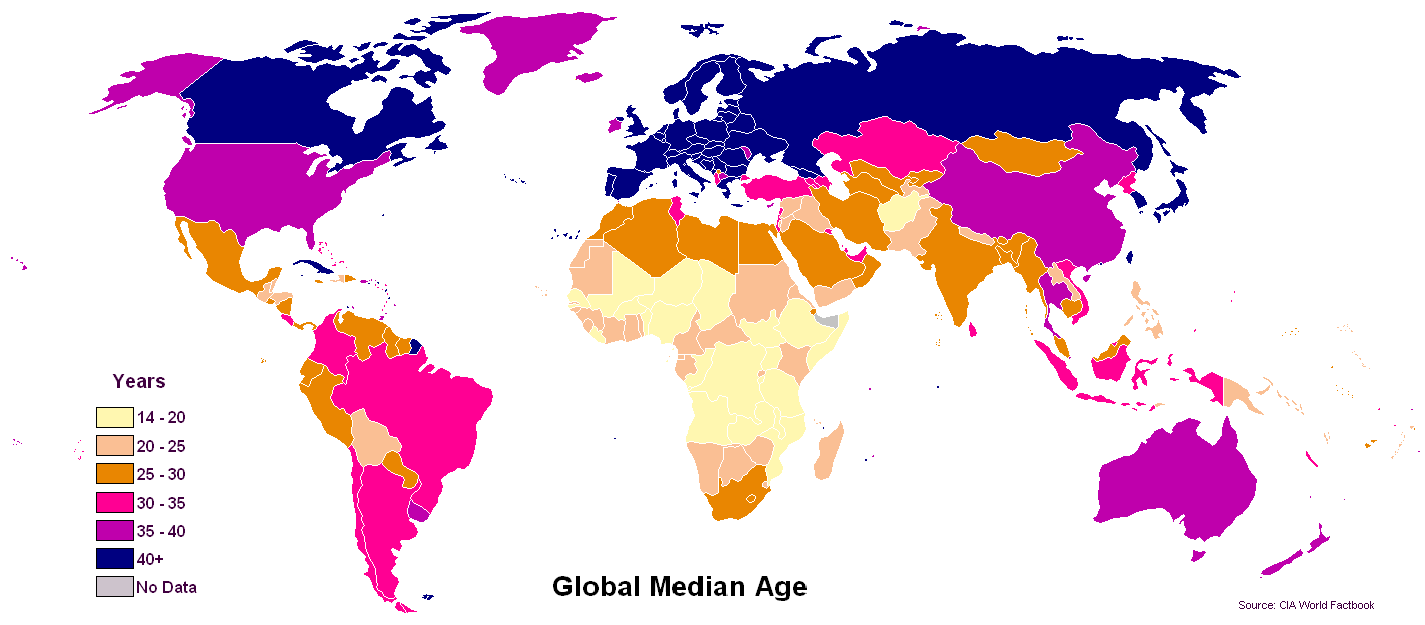In this post, I would like to discuss the opportunities and challenges in the middle of the second decade of 21st century, that are leading to development of Smart Cities. I will also introduce some of the Smart City initiatives that are being touted within the overall concept.
Modern Opportunities and Challenges
In some ways, Cities, both old and new can be made smart. From my perspective, the Smart Cities movement is a combination of technology and sustainable design practices that will be utilized to solve the biggest challenges for cities going into the 21st century. Let us start by understanding these opportunities and challenges at a deeper level.Technology: An Opportunity
Within the sphere of Information and Communication Technology, independent developments have now started coming together and forming the basis for a set of "architectural forms" that will enable new living patterns. These developments can be grouped as1. Realtime Status of Infrastructures
2. Scalable Networks
3. Scalable Computing Infrastructures
4. Ubiquitous Access
Realtime Status of Infrastructures
As sensors and embedded devices have become cheaper, it has become viable to deploy these sensors on a very large scale. With some level of power source that is either always available or can be continuously replenished (solar/ wind), a lot of the previous generation infrastructures can now be sensor enabled to understand in a realtime basis what is happening in the real world. Whether it is Smart Meters or Smart Buildings, this sensor enablement forms the first foundation of the initiative.
Scalable Networks
In addition to sensor enablement of many of the urban infrastructures, the next item was how do these devices communicate back to a server the latest status reports. The combination of IP based networks, and proliferation of cellular technologies (3G and 4G), has meant that devices can now communicate with a centralized location on a continuous basis.
Scalable Computing Infrastructures
As new devices are becoming sensor enabled, and networks can now be scaled to bring these updates back, the next bottleneck is infrastructure to handle this increased information flow as well as be able to process it under varying demand levels. Scalable computing infrastructures, aka Cloud computing, pioneered by Internet companies like Google, Facebook, Amazon and Yahoo, provide the next building block. This additional computing power can be leased on demand, making it accessible to much smaller scale organizations.
Ubiquitous Access
Finally, Ubiquitous Access of information provided by Smart phones means that people at all levels of the society can now tap into these networks and infrastructures with relative ease. The Apps frameworks offered by most smartphone manufacturers means that developers and software engineers can combine these data into new ways to create new applications based on a user's needs. Next, we will discuss smartphones that now play a dual role.
Smartphones: Moving from a Consumer to a Publisher
As mentioned, within the last decade a lot of aspects on how technology is accessed and deployed around the world, have been quietly but unmistakably revolutionized. While the Internet revolution started almost two decades ago, the primary interface was the PC. In the last 5 to 7 years, the access interface for Internet has become un-tethered from a wired connection at a fixed location, to a mobile one. More importantly, the access device, aka "the smartphone" has been embellished with a lot of sensors that allows the device to become a data source as much as it is an access device. This means that not only can people stay current with latest information wherever they are, but at an aggregate as well at an individual level, people can broadcast their current information to any body who would like to know.Sustainable Development: A Challenge
The obvious challenge of 21st century is sustainable development. As mentioned in my previous post, the sprawl development of the 20th century is seen as something that needs to be fixed. This is in spite of the fact, that technology development in the recent past actually encourages sprawl. To explain, much of the social infrastructure in big cities can now be replicated in remote areas without incurring the same cost. However, its the external costs that are driving most societies to look for an alternate development model.These external costs are in terms of some of the following issues, that go across developing and developed countries. These are
1. Congestion on roads
2. Demand for non-productive uses for scarce land such as on-street and off-street parking.
3. Costs in terms of traffic accidents
4. Increasing energy demand specially in developing countries.
5. Increasing costs in Energy extraction and generation.
6. Health costs of Transportation and Energy Generation Emissions.
7. External costs that are being incurred and will continue to accelerate due to climate change
Opportunities to make cities Smart
In order to make cities Smart, cities will need to focus on initiatives that make modern city living more sustainable and reduce the external costs as much as possible. Much of these initiatives are focused on the following areas.
1. Switching from personal automobile to shared or mass transit.
2. Encouraging alternate forms of energy production to reduce reliance on fossil fuels
3. Making energy generation and consumption more demand responsive.
4. Tele-commuting and Tele-shopping
In the next post, we will see how technologies can be combined to create enabling technologies for Smart Cities.








